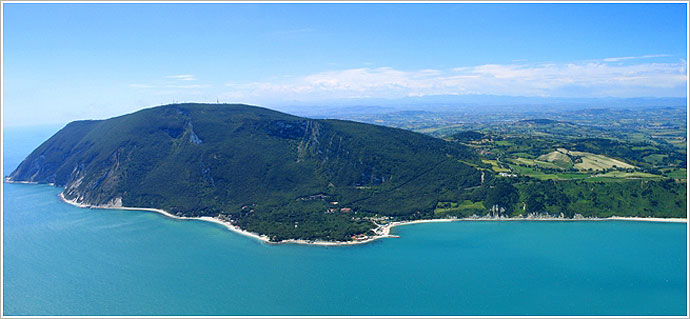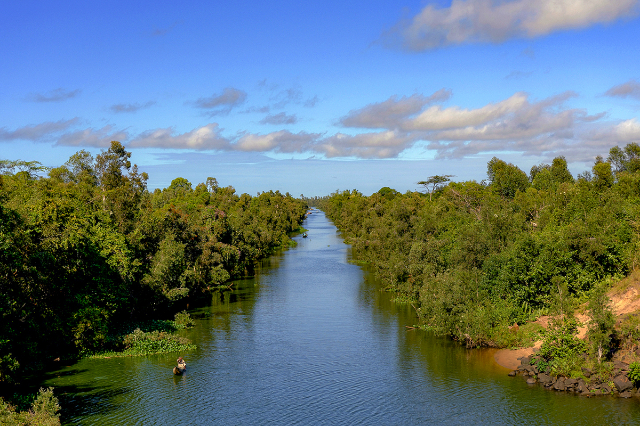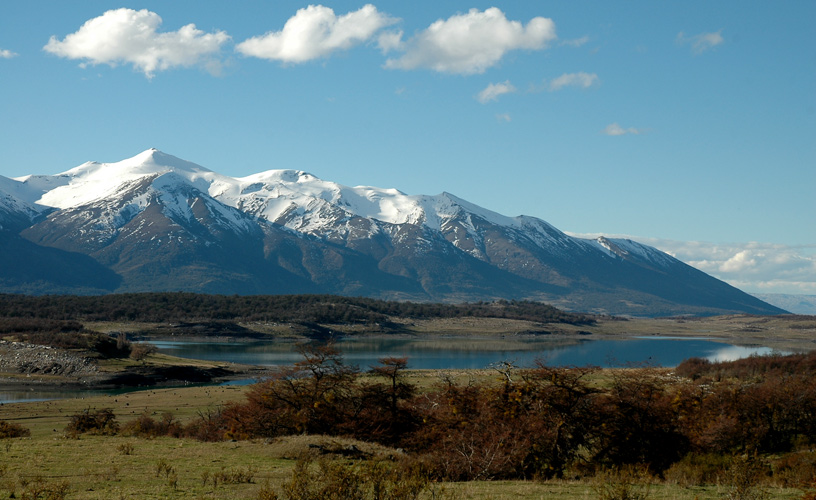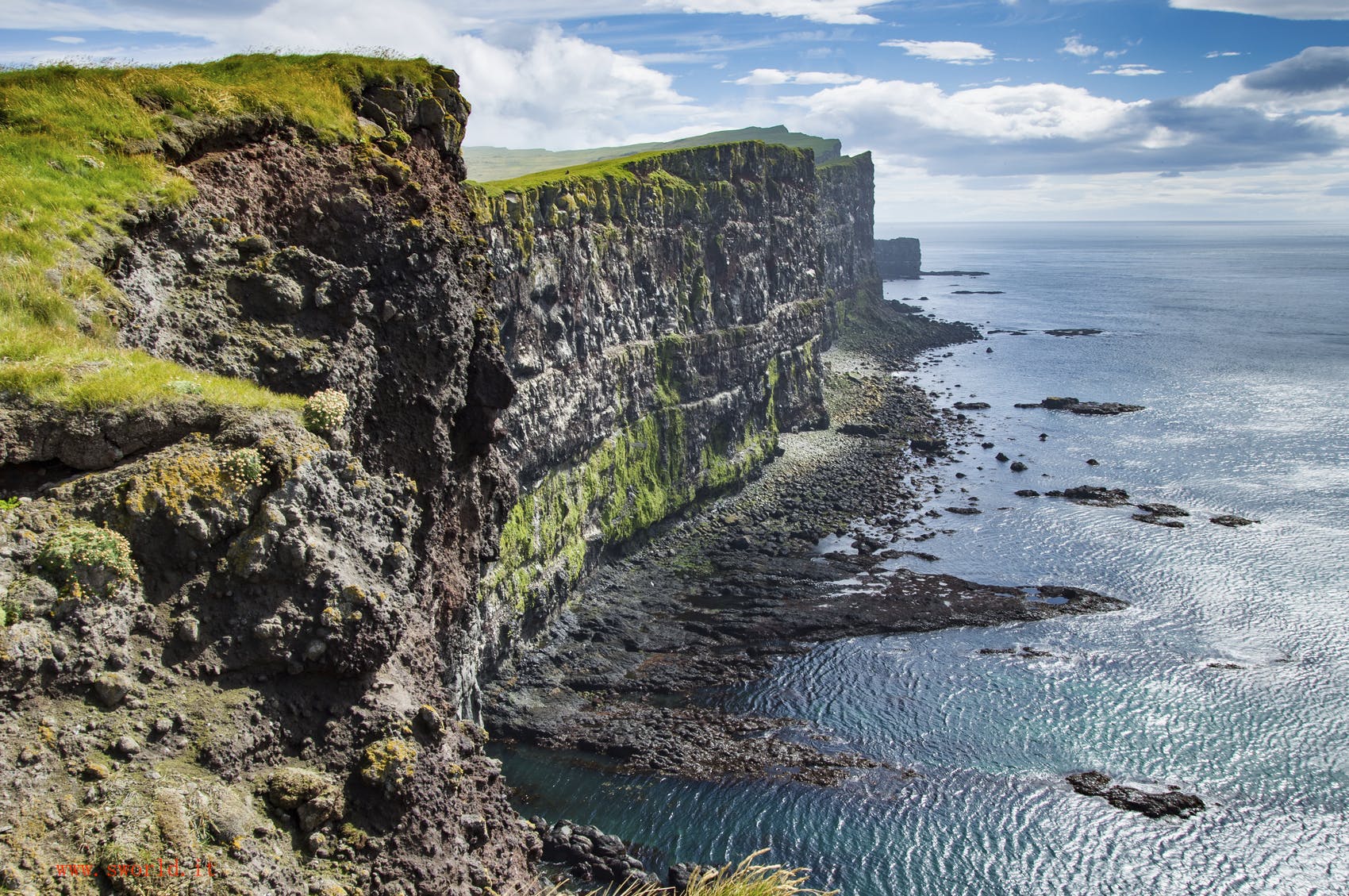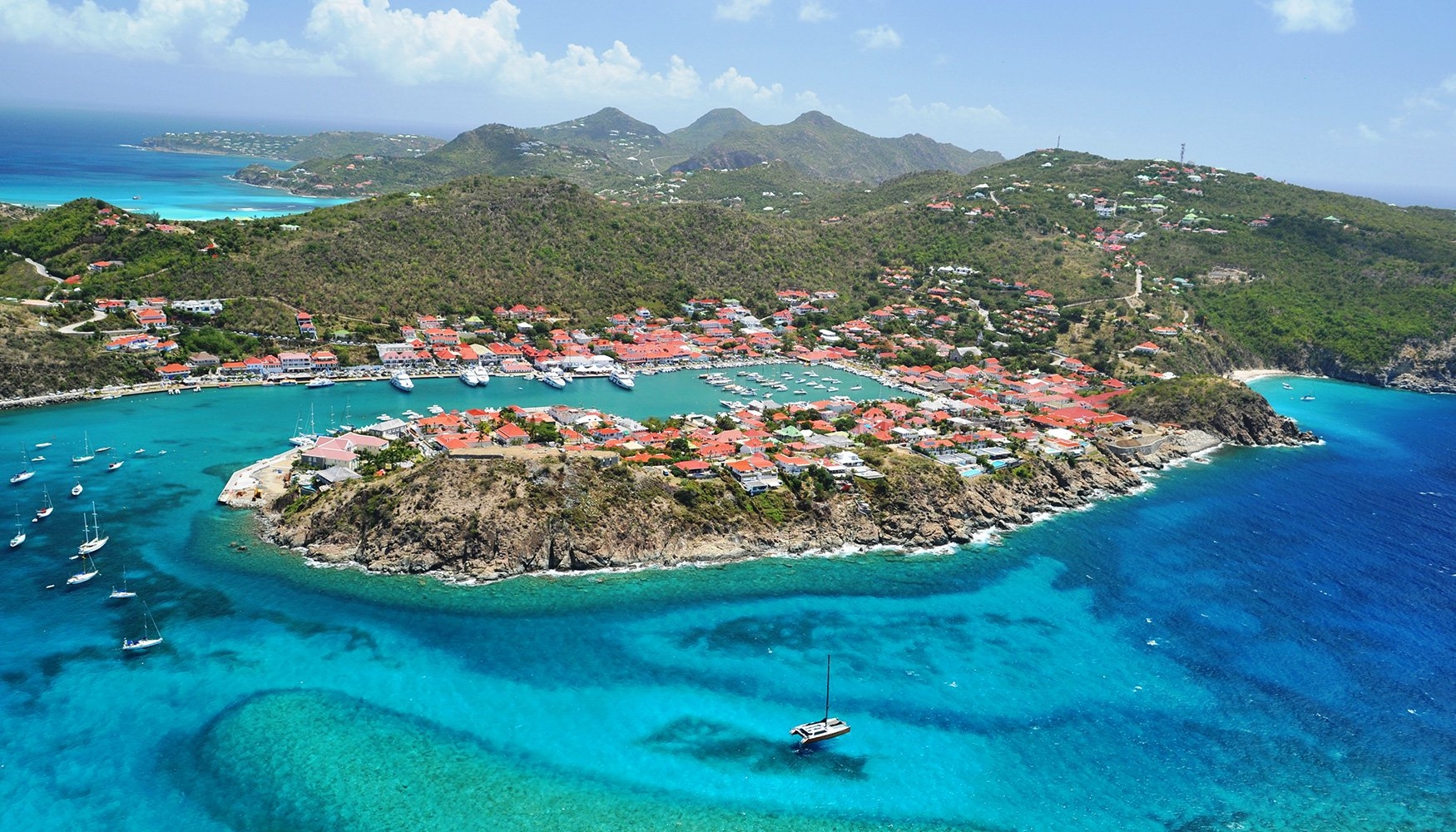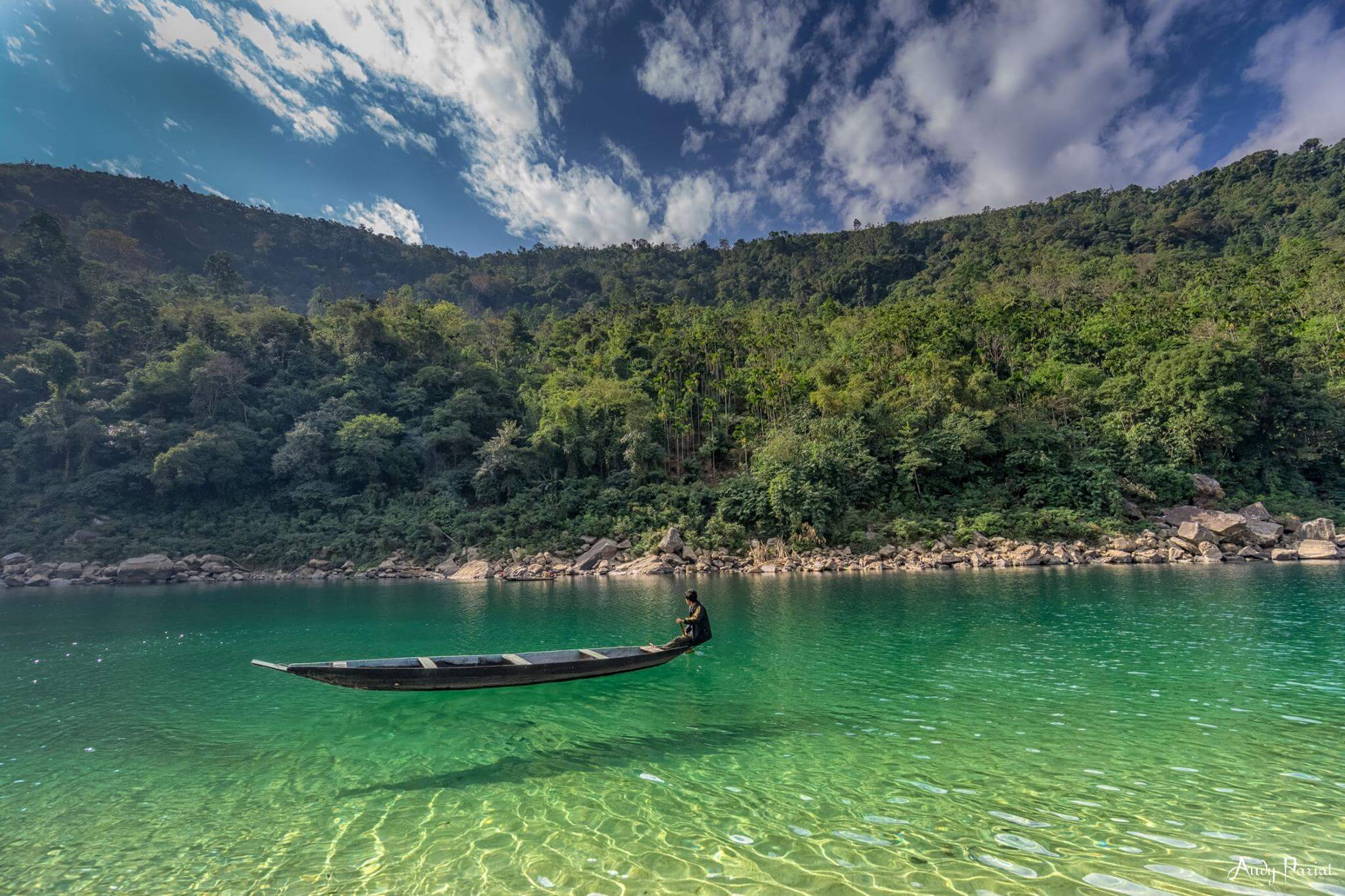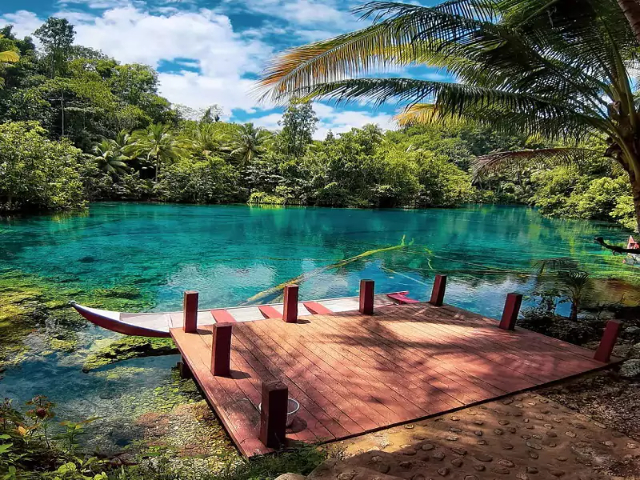Monte Cònero is a mountain in the Umbria-Marches Apennines, 572 m above sea level, located on the coast of the Adriatic Sea in the Marche region. The name Monte d’Ancona, commonly abbreviated to Monte, is historically the most commonly used: only since the last postwar period has Conero, until then used only at a cultured level, also become popularly known. It is part of the province of Ancona, specifically the municipalities of Ancona and Sirolo.
It constitutes the most important Italian promontory in the Adriatic together with that of Gargano and has the highest sea cliffs of the entire Italian east coast (more than 500 meters). In spite of its limited altitude, it fully deserves the name of mountain for the majestic appearance it shows to those who observe it from the sea, for its alpine paths, for its very high overhangs, for its vast panoramas, and for the activities that take place there that are typical of the mountains, such as free climbing.
On the promontory to which it gives its name lies the Conero Regional Park.
According to the most popular hypothesis, the name Conero means "mount of the strawberry trees," deriving from the Greek (kòmaros), meaning strawberry tree, a Mediterranean tree that is widespread in the Conero forests and produces characteristic red fruits that are locally highly prized. The hypothesis is also supported by the fact that even today, in the local dialect, both the plant and its fruit are called watermelon, a term also derived from the Greek kòmaros with doubling of the initial syllable. The Greek origin of the name would be explained by the presence in Ancona, beginning in the fourth century B.C., of the colony of Ankon, founded by a group of Syracusan Greeks.
Other hypotheses relate to the appearance of the mount: if its name was derived from the two Greek words kyma (wave) and oròs (mountain), it would mean "mount on the waves"; if it was derived from the Greek kynei (helmet), it would instead mean "helmet-shaped mount"; finally, the toponym perhaps comes from the Latin cumerum, a particular type of vase, the shape of which would resemble the profile of the mount.
What is certain is that the Latins called it Cumerum in the 1st century AD; in the 5th century its name is linked to that of the leader Cùnarus. Then, at the end of the 13th century, documents report the term Cònaro, and finally in the 1700s the Camaldolese began to use the present name Cònero, although the previous diction was still accepted.
he holiday resorts of the Riviera del Cònero are several then: starting with Sirolo, a typical medieval village overlooking the sea and the only area in the Marche region rich in archaeological excavations. Since 1200 the church of the patron saint, St. Nicholas of Bari has dominated the square. To admire: one of the largest Picene necropolis in the "Pines" area, and the Church of San Pietro al Conero(11th century) original work of Benedictine monks.
Another stop is Numana that besides the fabulous beaches, also offers much from the cultural point of view, such as the State Antiquarium that collects the treasures of the Regina Picena and other necropolis, or the new Sanctuary where the "miraculous" wooden crucifix is kept, which, according to tradition, was made by those who deposited the body of Christ from the Cross; finally, also to be admired is the Arch "The Tower," the only medieval remains of the tower of the ancient parish of San Giovanni.
